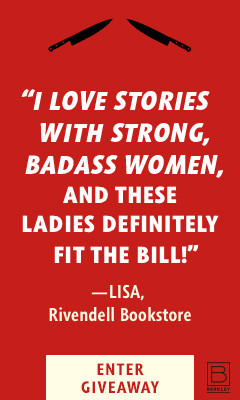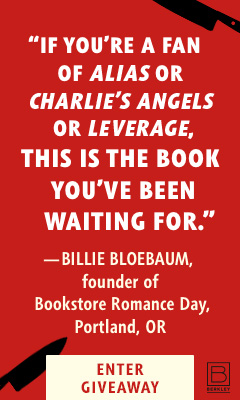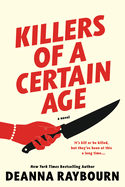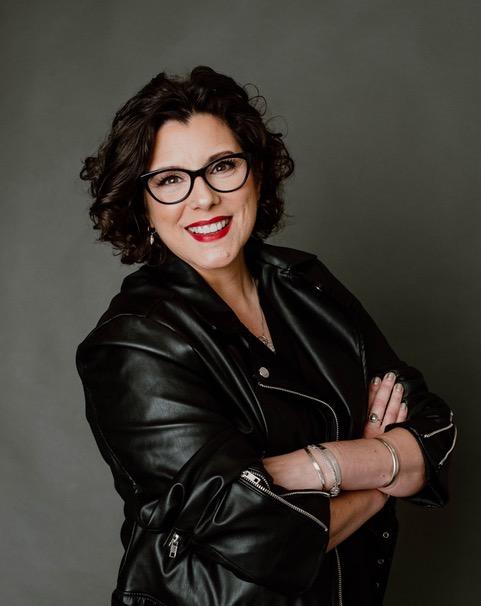Killers of a Certain Age
by Deanna Raybourn
November 1979. Four young female flight attendants prepare for the arrival of VIP guests on a private flight. But instead of making sure the passengers will be comfortable, the women are there to murder them. Talk about flying unfriendly skies. Thus begins Deanna Raybourn's rousing, jet-paced thriller Killers of a Certain Age.
Billie, Helen, Mary Alice and Natalie were recruited in the 1970s by a clandestine international organization they called the Museum, which trained assassins to neutralize dictators across the globe. The women were part of Project Sphinx, the very first all-female assassin squad. Their mentor was Constance Halliday, a legendary former member of England's disbanded Special Executives Office, which engaged in espionage during World War II. Each young recruit developed a deadly specialty: Natalie "loves anything that makes a noise, bombs and grenades and the biggest guns she can get her tiny hands around"; Mary Alice "discovers an affinity for poisons, slipping harmless substances into the food... in order to practice her sleight of hand"; Helen's eye for detail serves her well as a sharpshooter.
It took Billie a little while longer, but she eventually found her strength in hand-to-hand combat. As she told Constance in the beginning, she didn't like relying on a weapon that could be taken away from her. One day, when Billie finally, gleefully beat her trainer Mad Dog in a brutal scuffle, Constance pointed out to her: "It isn't your anger that will make you good at this job. It is your joy."
The Sphinxes always worked together on missions, and their combined talents made them unstoppable. After 40 years spent assassinating people whose termination the Museum deemed necessary to make the world a better place, the four killers, now in their 60s, have retired.
Their employers mark the occasion by inviting the ladies on an all-expenses-paid cruise to the West Indies. While enjoying Bloody Marys and mimosas on the ship, Billie spots a junior field operative for the Museum. There's only one reason for his presence on board: he's on a job. And his mark(s): one or all four of his former colleagues. What follows is an explosive chase as the Sphinxes try to stay alive and ahead of assassins from the Museum, which now wants the women dead for a reason unknown to them. Can they survive going up against the very organization that created them, and younger killers whose knees don't pop from exertion?
It's clear how much Raybourn enjoys writing about the adventures of these formidable women. The body count is high, but so is the number of chuckles elicited by observations from Billie and her teammates. While they're searching a killer's room, a book fell out, "a worn paperback written by a man who was in love with guns and his own penis and probably not in that order." Looking for a tail as she walks through the streets of New Orleans, Billie sees a killer "dressed like a tourist, tucking his T-shirt into belted jeans like a sociopath." Regarding Midsomer Murders, the long-running British TV series, Billie remarks, "I'm pretty pissed they thought of using a wheel of cheese to kill somebody before I did."
The action scenes are as cinematic as set pieces from a James Bond movie. But Billie and her squad aren't great operatives because their skills are equivalent to any man's; they're empowered because they're women. Since most security people are men and "most men are terrified of periods," Billie muses, "I couldn't count the number of times we'd stashed weapons in maxipads, douches, or vaginal itch creams." And if they were underestimated as younger women, they've become even more invisible as older women, something they use to their advantage to stay alive. They stay off the grid by communicating via an app that tracks hot flashes, and move through crowds without attracting any attention by wearing gray wigs and tacky touristy sweatshirts.
The women remain as sharp as ever in their later years, but their bodies have other ideas. Time takes its toll on them. as it does on anyone. The Sphinxes battle breast cancer and struggle with grief from the death of a spouse and their backs seize up when they're taking down an opponent. They're not superheroes; they're just like us. These details don't make the women seem weaker, but rather that anyone can be exceptional.
And lest anyone forgets Raybourn's work has also been nominated for Romantic Times Reviewers' Choice Awards, the author gives her Sphinxes active love lives, including a marriage with another woman and a sexy, forbidden romance with another operative that gives new meaning to the term hot flashes. Infused with humor, high-flying action, sharp dialogue and engaging characters, Killers of a Certain Age is a delight for readers of any age. --Elyse Dinh-McCrillis








